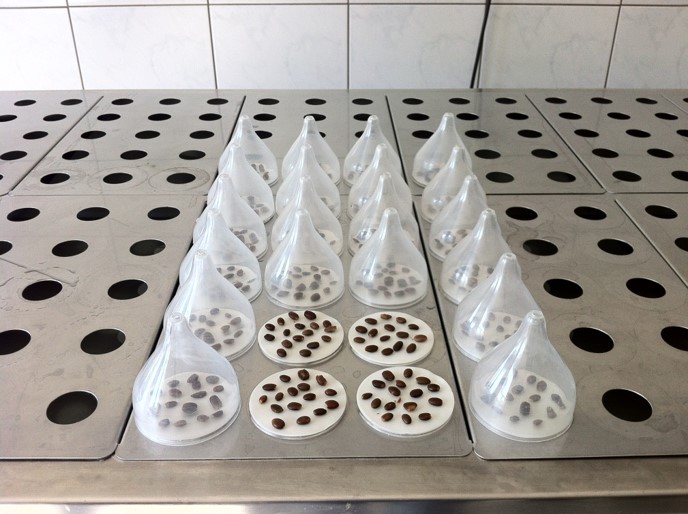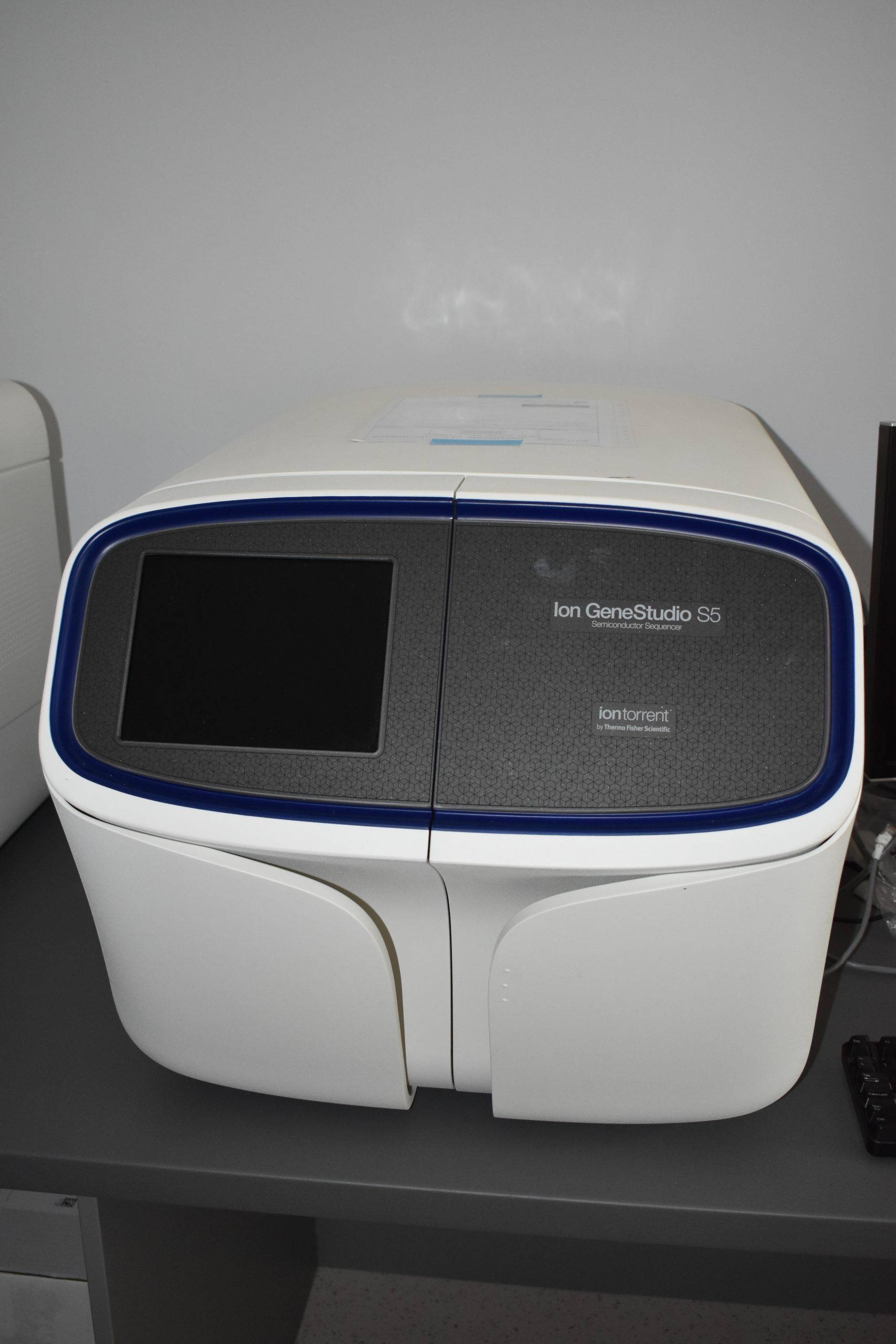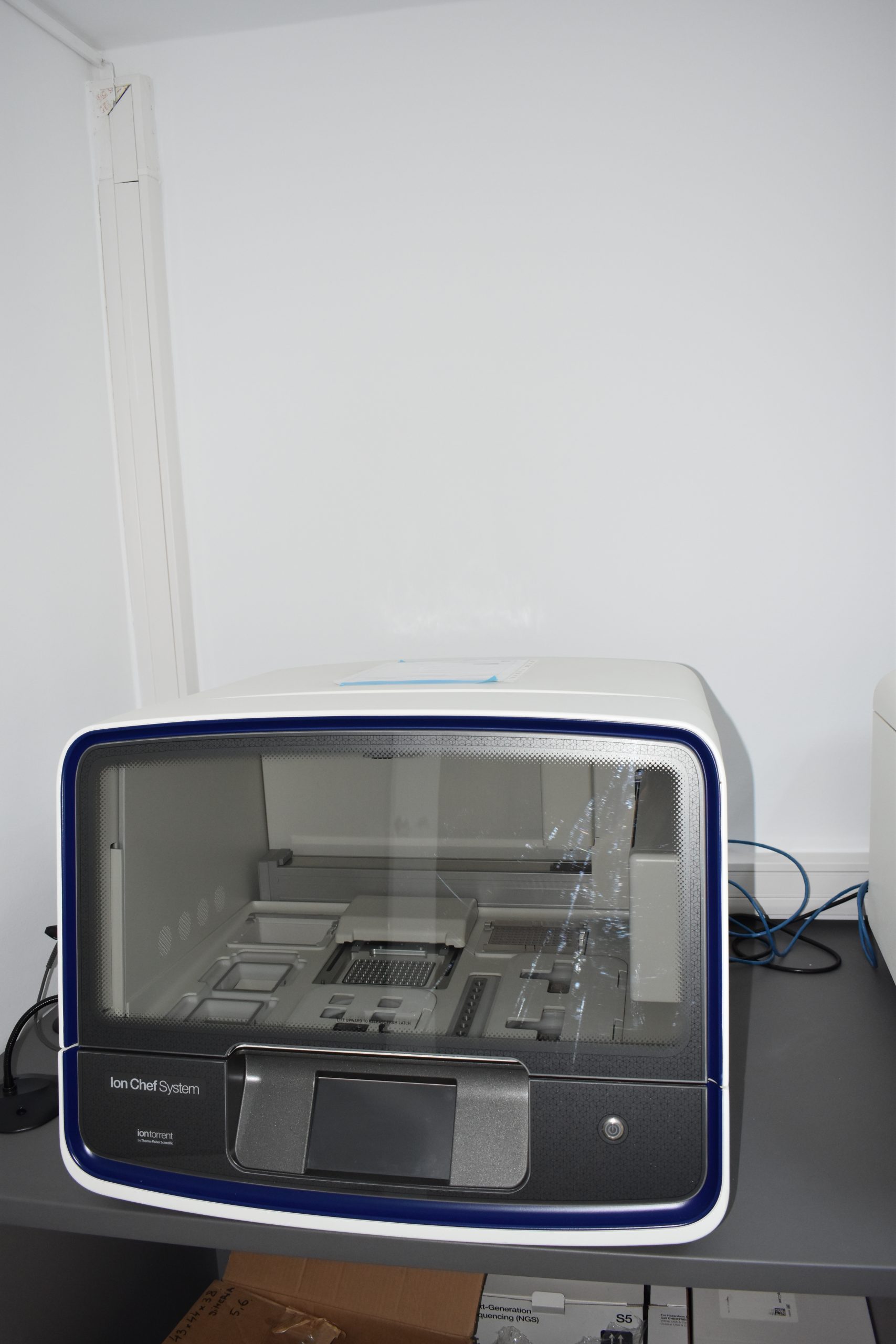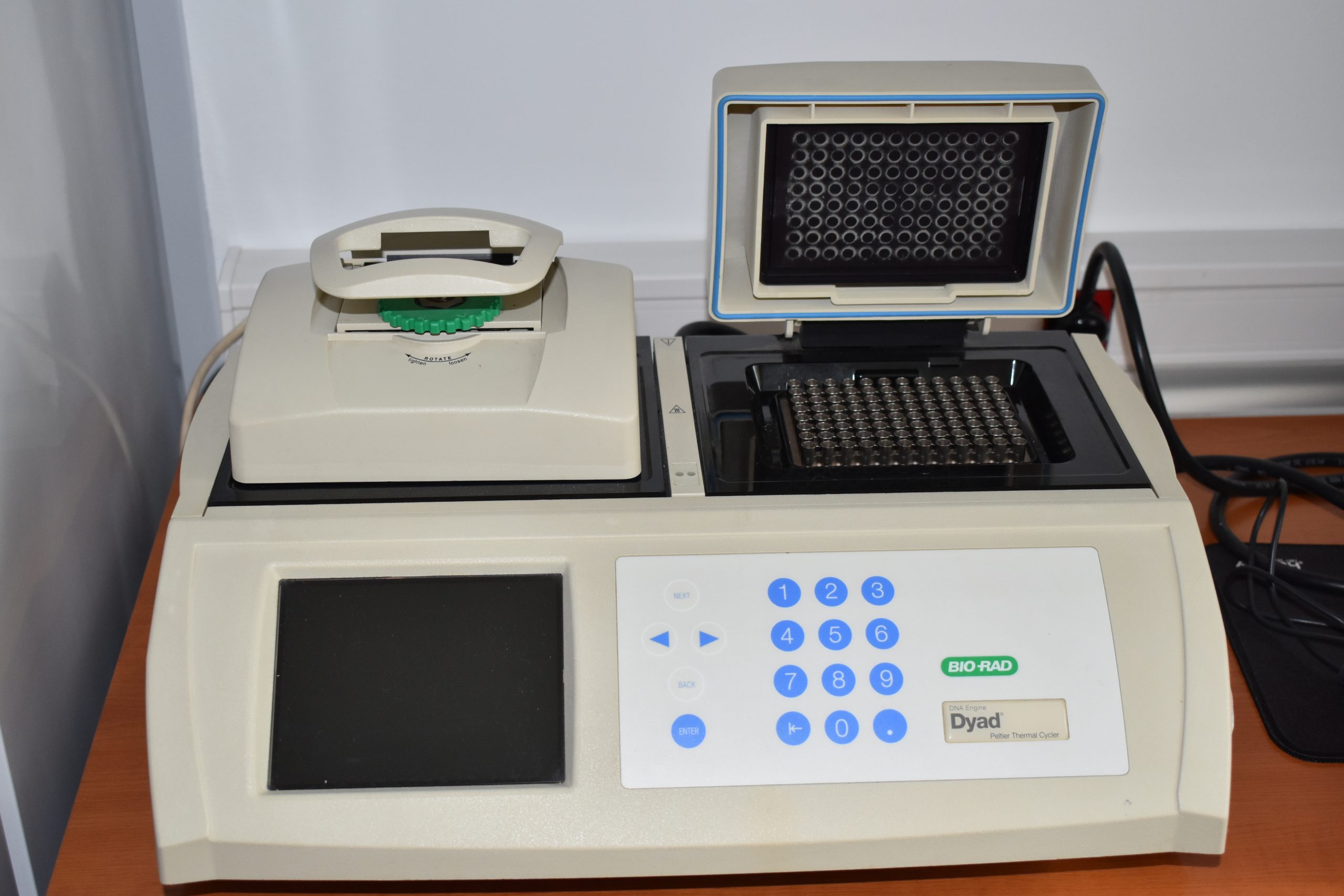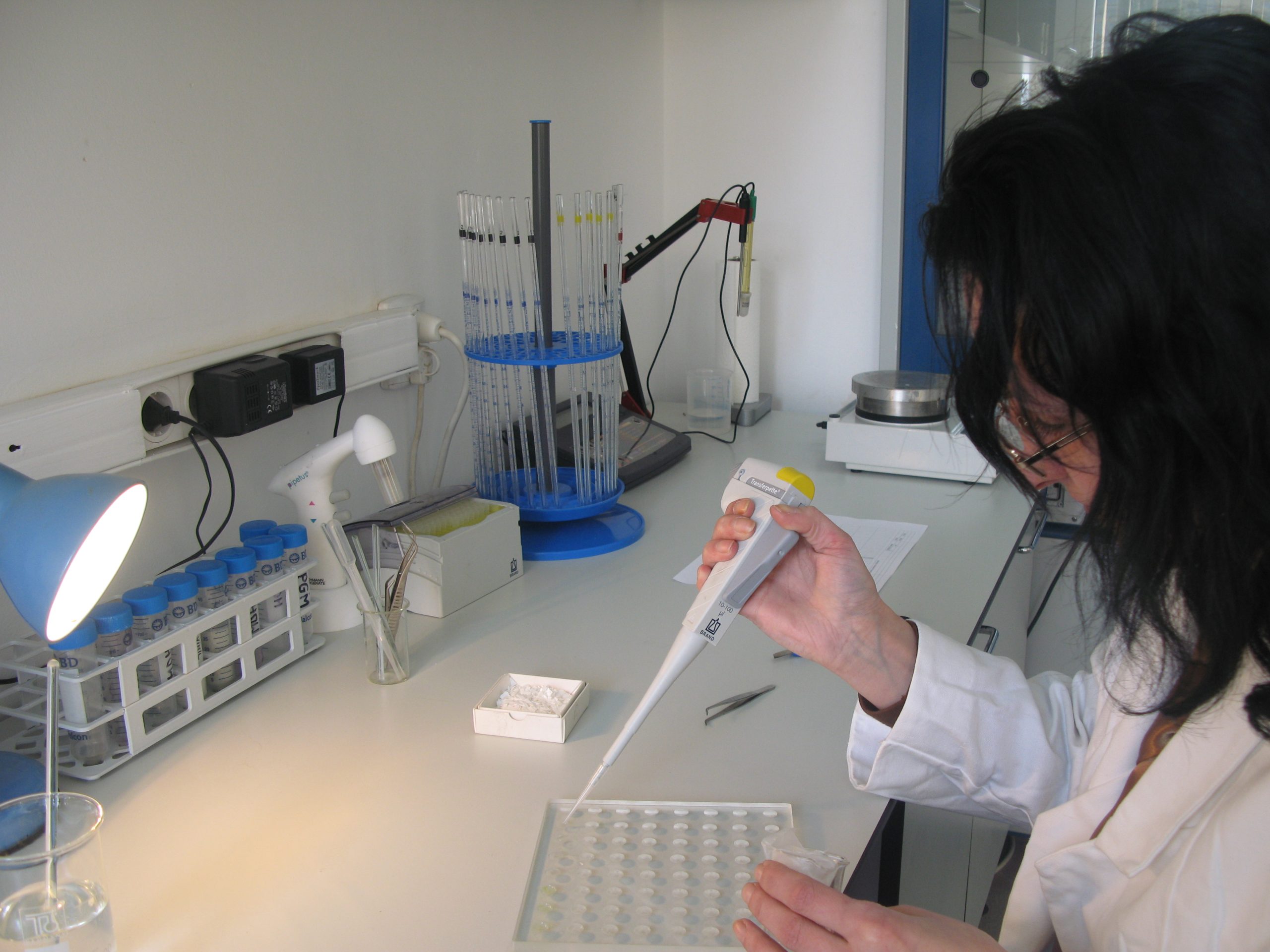
The research team carries out specific activities regarding the identification, selection, establishment, use and management of valuable genetic resources, using both conventional quantitative and molecular biology research methods.
Organization

Apostol Ecaterina
Senior researcher I, Research Team Leader (E3)
Areas of interest: genetics, biodiversity conservation
Activity
The activity of forest genetics addresses problems regarding the identification, selection, establishment, use and management of valuable genetic resources, using both conventional quantitative research methods and those of molecular biology. Tree improvement is the activity that aims to increase the adaptive and productive capacity of forest species.
Objectives – Research directions
Quantitative genetics
- the establishment and sustainable management of the sources of basic materials for the production of forest reproduction materials;
- the establishment, conservation and sustainable management of forestry genetic resources;
- certification of reproductive forest materials intended for their production, marketing and use in accordance with national, European and OECD scheme rules;
- testing the genetic value of the sources of reproductive forest materials in comparative multi-station cultures to designate the most valuable and adapted sources of seeds tested by region of origin;
- the selection of valuable populations and genotypes from resinous and deciduous species based on biosystemic studies and genetic variability established in multi-station comparative crops;
- research on the adaptability of forest species to climate change.
Molecular genetics
- the development and testing of molecular markers for the assessment of genetic diversity for the main forest species, in order to identify provenances with high adaptive potential;
- the development of molecular markers for the genetic fingerprinting of genetic resources and the development of control methods regarding the traceability of forest materials (reproduction forest materials, identification of the provenance of harvested wood, etc.);
- the use of molecular markers in the constitution of the basic materials, for the reproduction source units, in situ and ex situ, – assisted selection;
Improvement of trees
- tree improvement to increase resistance to harmful biotic and abiotic factors, as well as to increase wood production and quality;
- development of the genetic base for the transition to advanced breeding generations;
- in vitro multiplication of valuable genotypes by organogenesis and somatic embryogenesis;
- conditioning, preservation and quality testing of forest seeds in accordance with national and international requirements based on ISTA accreditation.
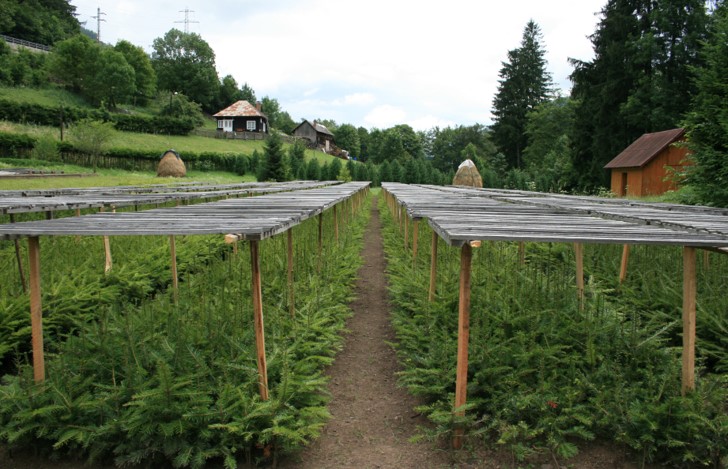
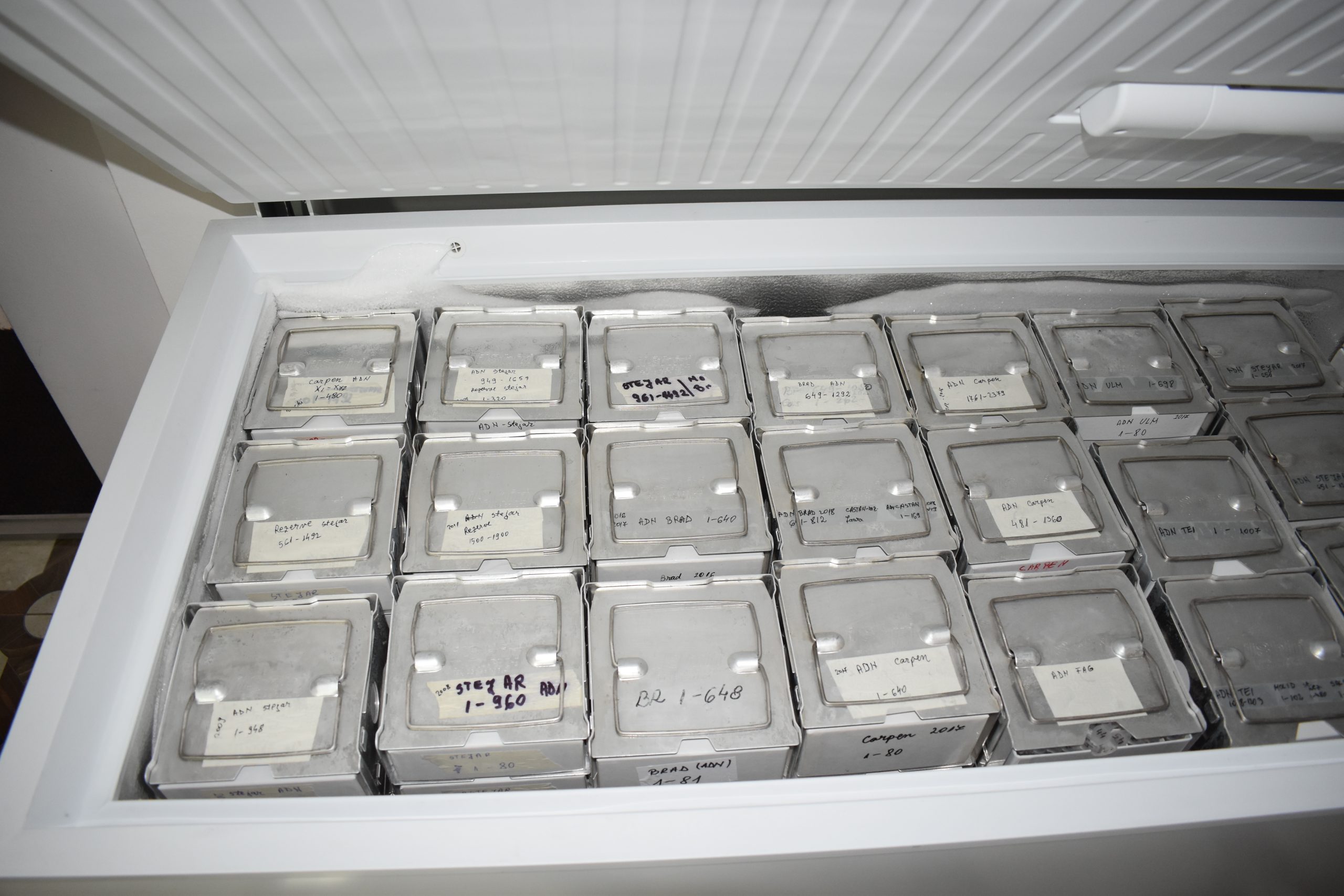

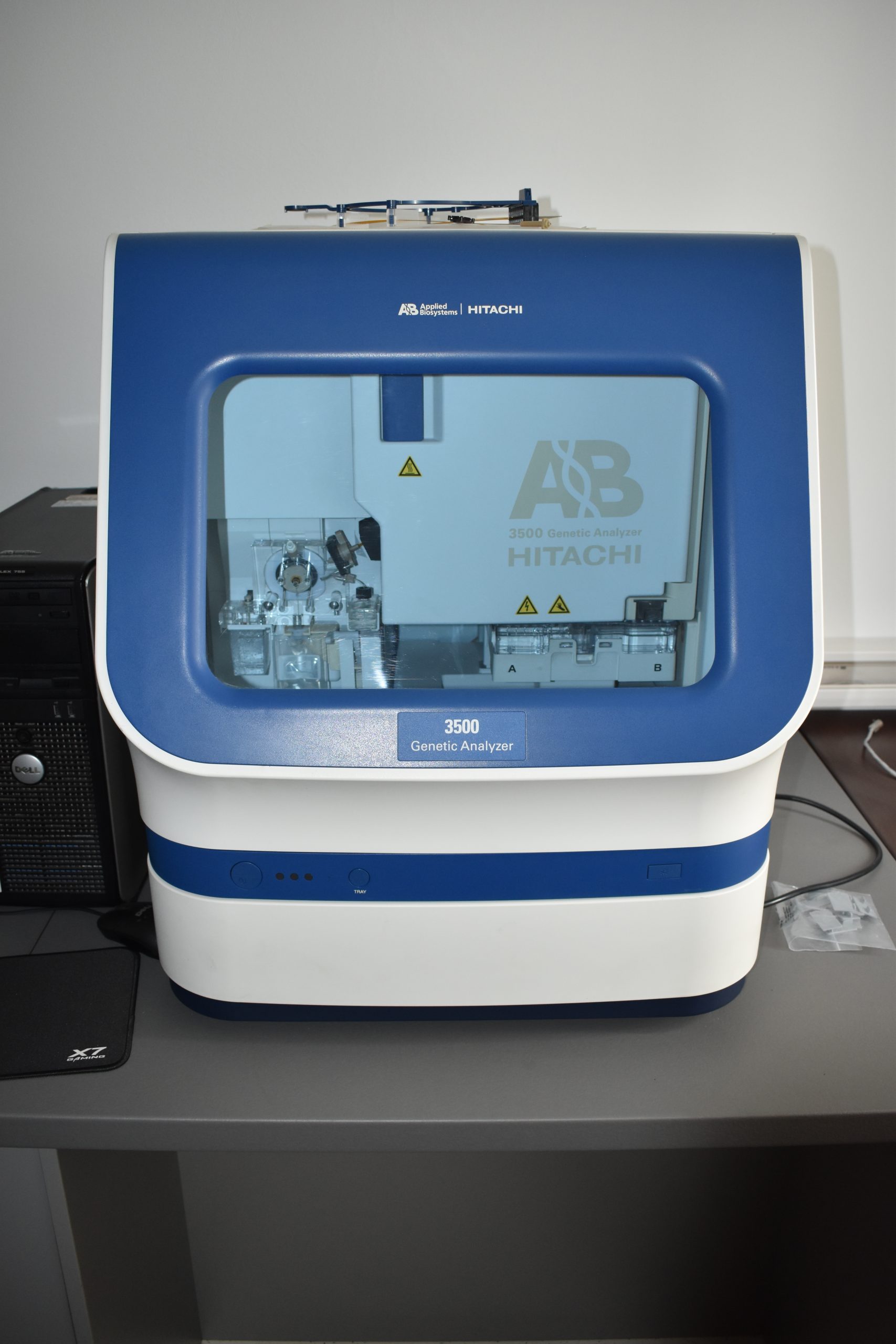
Within the E3 research team, 5 Senior researchers, 4 Junior researchers, 4 Researchers, 2 Researchers trainee, 11 employees work as auxiliary staff.
Research infrastructure and services
Research infrastructure
- Laboratory of molecular genetics and genomics intended for the evaluation of the population genetic structure in trees with the help of molecular markers, the development of new genomic and transcriptomic molecular markers, through sequencing, for the evaluation of genetic resources (SSR, EST-SSR, SNP) and the long-term monitoring of resources genetics using various sets of molecular markers (chloroplastic, mitochondrial, nuclear) as well as the development of genomic techniques for evaluating the adaptive capacity of origins;
- Laboratory of advanced biotechnologies (in vitro cultures, somatic embryogenesis and tissue cultures) to ensure the production of forest saplings with increased adaptability and resistance to climate change and extreme vegetation conditions;
- Seed quality analysis laboratory intended to determine the quality parameters of seed lots, originating from basic materials, intended for use in forestry practice (purity, germination, cultural value, etc.);
- Softwood seed conservation center, intended for the preservation and long-term conservation of seeds of softwood species (spruce, pine, larch, Douglas fir).
Research services
- Carrying out molecular genetics analyzes – evaluation of genetic variability with the help of molecular markers;
- Elaboration of strategies for in situ conservation and sustainable management of forest genetic resources (FGR);
- Evaluation of genetic diversity of species of forestry interest and selection of the most valuable genotypes with the aim of increasing the growth potential of stands;
- Carrying out ecological, phenological research and studies on the adaptation of exotic species.
Relevant projects
- Identification and characterization through advanced models of forest genetic resources with high adaptive potential, as well as their conservation under the conditions of climate sustainable forest management. (PN 23090302)
- Ex situ conservation of forest species with climate resilience and scientific substantiation of advanced technologies for obtaining genetically improved seedlings. (PN 23090303)
- Improving access to FORest GENetic Resources Information and Services for End-USers FORGENIUS (HORIZONT 2020)
- Harnessing forest genetic resources for increasing options in the face of environmental and societal challenges – OptFOREST (HORIZONT 2020)
- Review of the regions of origin for the production and use of reproductive forest materials in Romania in order to increase the adaptation capacity of forest ecosystems to climate change (PN 19070303)
- Evaluation of the adaptive genetic potential of the main softwood species for sustainable forest management, in the context of climate change – GENCLIM (PNCDI II)
Recent publications
Books
- Budeanu M., 2022. Premise pentru promovarea molidului cu coroană îngustă în Carpații României. Editura Silvică, Voluntari, 231 p. ISBN: 978-606-8020-86-0.
- Budeanu M., 2018. Conservarea seminţelor cu longevitate naturală redusă la specii din familia Fagaceae. Editura Silvică, Voluntari, 82 p. ISBN: 978-606-8020-55-6.
- Mihai G., Alexandru A.M., 2020. Conservarea seminţelor de brad. Editura Silvică, Voluntari, 60 p. ISBN 978-606-8020-68-6.
Chapters from books
- Budeanu M., Popescu F., Şofletea N., 2019. In situ conservation of forest genetic resources in Romania. In: Šijačić-Nikolić M., Milovanović J., Nonić M. (Editors): Forests of southeast Europe under a changing climate. Conservation of genetic resources. Springer International Publishing, Switzerland. Chapter 16, pp.: 195-205. ISBN: 978-3-319-95267-3.
- Curtu, AL; Popescu, F; Postolache, D.- 2019 – Legal and Institutional Aspects of the Conservation and Management of FGR in Romania, pg. 135-139, in: Sijacic-Nikolic, M; Milovanovic, J; Nonic, M (Editors): Forests of southeast Europe under a changing climate. Conservation of genetic resources. Springer International Publishing, Switzerland. Chapter 16, pp.: 195-205. ISBN: 978-3-319-95267-3.
- Postolache, D; Curtu, AL; Sofletea, N; Popescu, F. – 2019 – Conservation and Management of Romanian Forest Genetic Resources in the Context of Climate Change, pg. 389-399, in: SijacicNikolic, M; Milovanovic, J; Nonic, M. (Editors): Forests of southeast Europe under a changing climate. Conservation of genetic resources. Springer International Publishing, Switzerland. Chapter 16, pp.: 195-205. ISBN: 978-3-319-95267-3.
- Popescu, F; Postolache, D; Curtu, AL, 2019 – The Current State of Forest Genetic Resources in Romania, pg. 61-72, in: SijacicNikolic, M; Milovanovic, J; Nonic, M. (Editors): Forests of southeast Europe under a changing climate. Conservation of genetic resources. Springer International Publishing, Switzerland. Chapter 16, pp.: 195-205. ISBN: 978-3-319-95267-3.
ISI articles
- Besliu E., Budeanu M., Apostol E.N., Radu R.G., 2022. Microenvironment impact on survival rate, growth and stability traits, in a half-sib test of pendula and pyramidalis varieties of Norway spruce. Forests 13(10), 1691, 15 p.
- Budeanu M., Apostol E.N., Radu G.R., Ioniță L., 2021. Genetic variability and juvenile–adult correlations of Norway spruce (Picea abies) provenances, tested in multisite comparative trials. Annals of Forest Research 64(2):105-122.
- Budeanu M., Apostol E.N., Besliu E., Crișan V.E., Petritan A.M., 2021. Phenotypic variability and differences in the drought response of Norway spruce pendula and pyramidalis half-sib families. Forests 12(7), 947, 14 p.
- Budeanu M., Apostol E.N., Dincă L., Pleșca I.M., 2021. In situ conservation of narrow crowned Norway spruce ideotype (Picea abies pendula form and columnaris variety) in Romania. International Journal of Conservation Science 12(3): 1139-1152.
- Marcu N., Budeanu M., Apostol E.N., Radu G.R., 2020. Valuation of the economic benefits from using genetically improved forest reproductive materials in afforestation. Forests 11(4), 382, 13 p.
- Apostol E.N., Stuparu E., Scarlatescu V., Budeanu M., 2020. Testing Hungarian oak (Quercus frainetto Ten.) provenances in Romania. iForest 13: 9-15.
- Dincă L., Murariu G., Iticescu C., Budeanu M., Murariu A., 2019. Norway spruce (Picea abies (L.) Karst.) smart forests from the southern Carpathians. International Journal of Conservation Science 10(4): 781-790.
- Budeanu M., Apostol E.N., Popescu F., Postolache D., Ioniţă L., 2019. Testing of the narrow crowned Norway spruce ideotype (Picea abies f. pendula) and the hybrids with normal crown form (pyramidalis) in multisite comparative trials. Science of the Total Environment 689: 980-990.
- Apostol E.N., Budeanu M., 2019. Adaptability of narrow-crowned Norway spruce ideotype (Picea abies (L.) Karst. pendula form) in 25 years half-sib comparative trials in the Eastern Carpathians. Forests 10(5), 16 p.
- Hohn, M; Avanzi, C; Fady, B; Heer, K; Opgenoorth, L; Piotti, A; Popescu, F; Postolache, D; Vendramin, GG; Csillery, K, (2021) – Fine-scale spatial genetic structure across the species range reflects recent colonization of high elevation habitats in silver fir (Abies alba Mill.), Molecula Ecology, Vol 30, Issue 20, pg. 5247-5265.
- Postolache, D; Oddou-Muratorio, S; Vajana, E; Bagnoli, F; Guichoux, E; Hampe, A; Le Provost, G; Lesur, I; Popescu, F; Scotti, I; Piotti, A; Vendramin, GG, (2021) – Genetic signatures of divergent selection in European beech (Fagus sylvatica L.) are associated with the variation in temperature and precipitation across its distribution range, Vol 30, Issue 20, pg. 5029-5047.
- Alexandru, A.-M.; Mihai, G.; Stoica, E.; Curtu, A.L. Multi-Trait Selection and Stability in Norway Spruce (Picea abies) Provenance Trials in Romania. Forests 2023, 14, 456. https://doi.org/10.3390/f14030456.
- Mehvish Majeed; Emanuel Stoica; David M. Meko; Ramzi Touchan; Fatih Sivrikaya; Alin Madalin Alexandru; Laia Casanovas Arimon; Revaz Kvaratskhelia et al. 2023. Analysis of the climate signal in subannual width measurements of Pinus nigra tree rings in Kastamonu Province, Turkey. Tree-Ring Research, https://doi.org/10.3959/2022-12.
- Mihai, G.; Alexandru, A.-M.; Nita, I.-A.; Birsan, M.-V. Climate Change in the Provenance Regions of Romania over the Last 70 Years: Implications for Forest Management. Forests 2022, 13, 1203. https://doi.org/10.3390/f13081203.
- Mihai, G.; Curtu, A.-L.; Alexandru, A.-M.; Nita, I.-A.; Ciocîrlan, E.; Birsan, M.-V. Growth and Adaptive Capacity of Douglas Fir Genetic Resources from Western Romania under Climate Change. Forests 2022, 13, 805. https:// doi.org/10.3390/f13050805.
- Alizoti, P.; Bastien, J.-C.; Chakraborty, D.; Klisz, M.M.; Kroon, J.; Neophytou, C.; Schueler, S.; van Loo, M.; Westergren, M.; Konnert, M.; Mihai, G. et al. Non-Native Forest Tree Species in Europe: The Question of Seed Origin in Afforestation. Forests 2022, 13, 273. https://doi.org/10.3390/f13020273.
- Mihai, G.; Alexandru, A.M.; Stoica, E.; Birsan, M.V. Intraspecific Growth Response to Drought of Abies alba in the Southeastern Carpathians. Forests 2021, 12, 387. https://doi.org/10.3390/f12040387.
- Mihai, G., Teodosiu, M., Birsan, M.V., Alexandru, A.M., Mirancea, I., Apostol, E.N., Garbacea, P., Ionita, L., 2020. Impact of Climate Change and Adaptive Genetic Potential of Norway Spruce at the South–eastern Range of Species Distribution. Agricultural and Forest Meteorology 291, doi.org/10.1016/j.agrformet.2020.108040.
- Sofletea, N., Mihai, G., Ciocîrlan, , Curtu, A.L., 2020. Genetic Diversity and Spatial Genetic Structure in Isolated Scots Pine (Pinus sylvestris L.) Populations Native to Eastern and Southern Carpathians. Forests 11, 1047, doi:10.3390/f11101047.
- Mihai, G., Alexandru, A.M., Mirancea, I., 2019: Genetic variation and early selection in Larix decidua Mill. from progeny test in Romania. Annals of Forest Science, 76:81, doi.org/10.1007/s13595-019-0864-5.
- Teodosiu, M., Mihai G., Fussi B., Ciocîrlan, E., 2019. Genetic diversity and structure of Silver fir (Abies alba Mill.) at the south-eastern limit of its distribution range. Annals of Forest Research, 62(2): 139-156, DOI: 10.15287/afr.2019.1436.
- Teodosiu, M., Botezatu, A., Ciocîrlan, E., Mihai, G., 2023. Variation of Cones Production in a Silver Fir (Abies alba Mill.) Clonal Seed Orchard. Forests, 14, 17. https://doi.org/ 10.3390/f14010017.
- Teodosiu, M.; Mihai, G.; Ciocîrlan, E.; Curtu, A.L. Genetic Characterisation and Core Collection Construction of European Larch (Larix decidua Mill.) from Seed Orchards in Romania. Forests 2023, 14, 1575. https://doi.org/10.3390/f14081575.
Photo gallery


